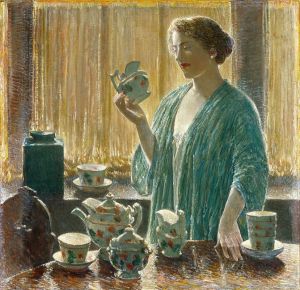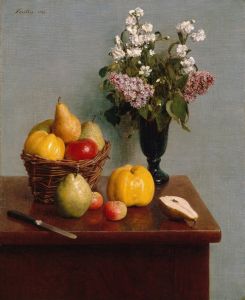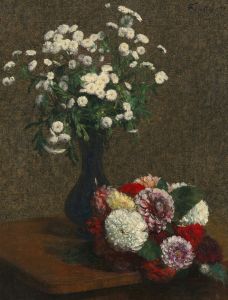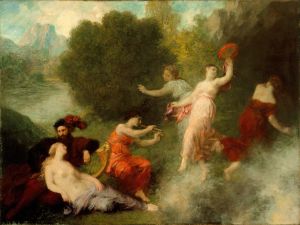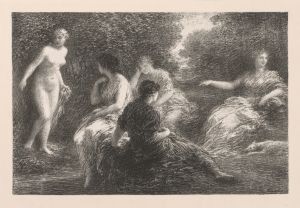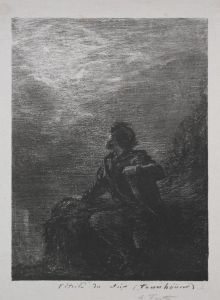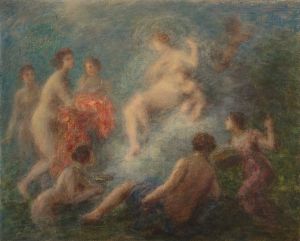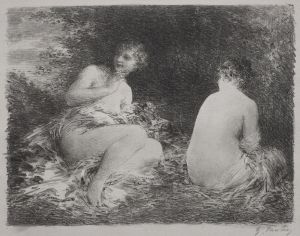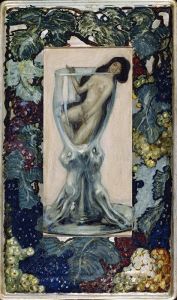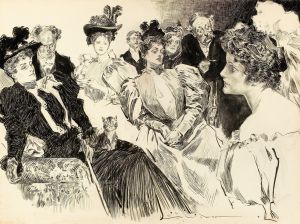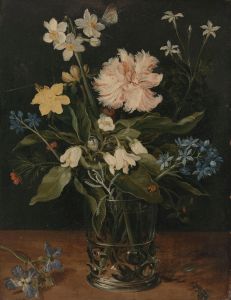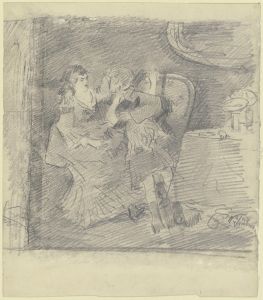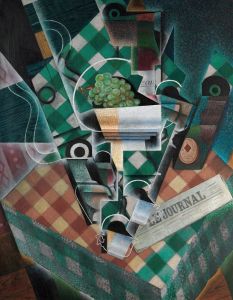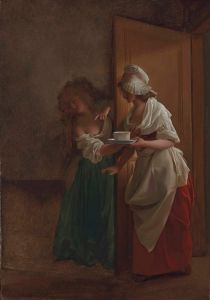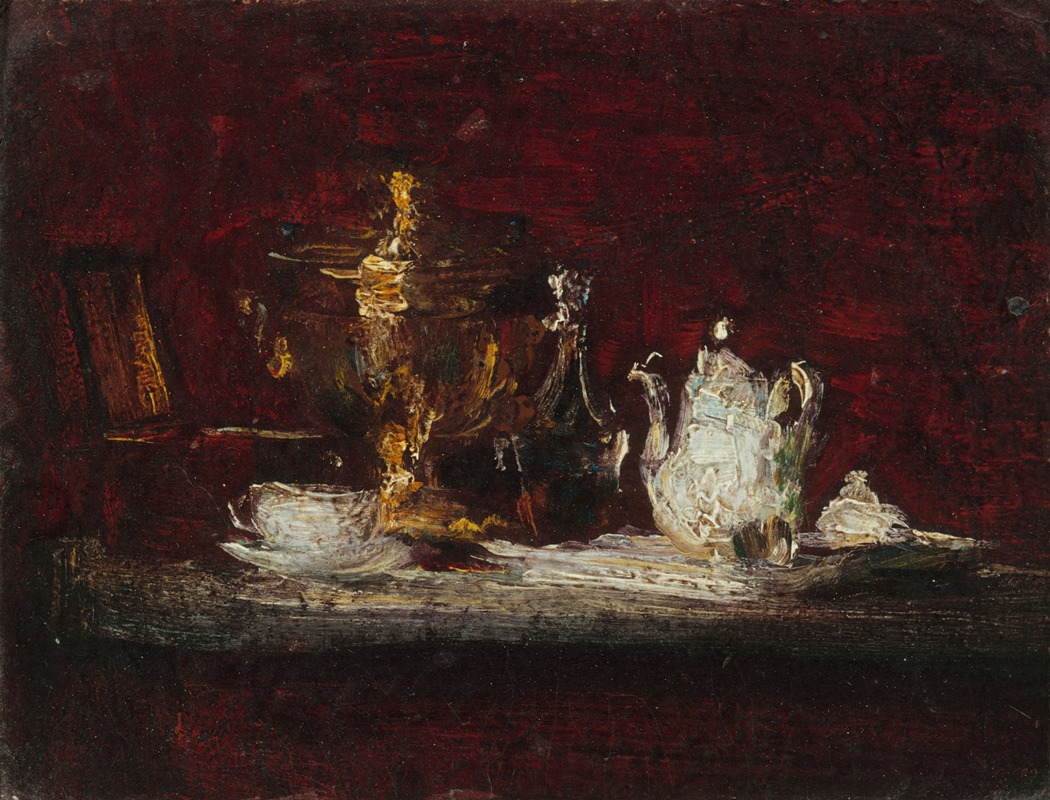
Nature morte au samovar
A hand-painted replica of Henri Fantin-Latour’s masterpiece Nature morte au samovar, meticulously crafted by professional artists to capture the true essence of the original. Each piece is created with museum-quality canvas and rare mineral pigments, carefully painted by experienced artists with delicate brushstrokes and rich, layered colors to perfectly recreate the texture of the original artwork. Unlike machine-printed reproductions, this hand-painted version brings the painting to life, infused with the artist’s emotions and skill in every stroke. Whether for personal collection or home decoration, it instantly elevates the artistic atmosphere of any space.
Henri Fantin-Latour, a French painter renowned for his still-life compositions and portraits, created Nature morte au samovar (Still Life with Samovar) in 1881. This painting exemplifies his mastery in capturing the delicate interplay of light, texture, and form, which became hallmarks of his work. Fantin-Latour is particularly celebrated for his ability to render everyday objects with remarkable precision and sensitivity, elevating them to the realm of fine art.
Nature morte au samovar features a carefully arranged composition of objects, including a samovar, a traditional Russian tea urn, alongside other items such as a teapot, cups, and fruit. The inclusion of the samovar, a culturally significant object, adds a unique element to the painting, reflecting Fantin-Latour's interest in incorporating diverse and visually striking objects into his still lifes. The metallic surface of the samovar is rendered with meticulous attention to detail, showcasing the artist's skill in depicting reflective surfaces and subtle variations in light.
Fantin-Latour's still lifes are often characterized by their subdued color palettes and harmonious arrangements, and Nature morte au samovar is no exception. The muted tones and soft lighting create a tranquil and contemplative atmosphere, inviting viewers to appreciate the quiet beauty of the scene. The composition demonstrates a balance between simplicity and complexity, with each object carefully positioned to contribute to the overall aesthetic harmony.
During the 19th century, still-life painting was often considered a lesser genre compared to historical or narrative art. However, Fantin-Latour's works, including Nature morte au samovar, helped to elevate the status of still-life painting by showcasing its potential for technical brilliance and emotional resonance. His approach to still life was influenced by both the Dutch Golden Age painters and the Realist movement, blending traditional techniques with a modern sensibility.
Fantin-Latour's paintings were highly regarded during his lifetime, particularly in England, where his still lifes found a strong market among collectors. Today, his works are held in major museums and private collections around the world, and Nature morte au samovar is considered a fine example of his contribution to the genre of still-life painting. The painting continues to be admired for its technical excellence and its ability to transform ordinary objects into a scene of quiet elegance.





